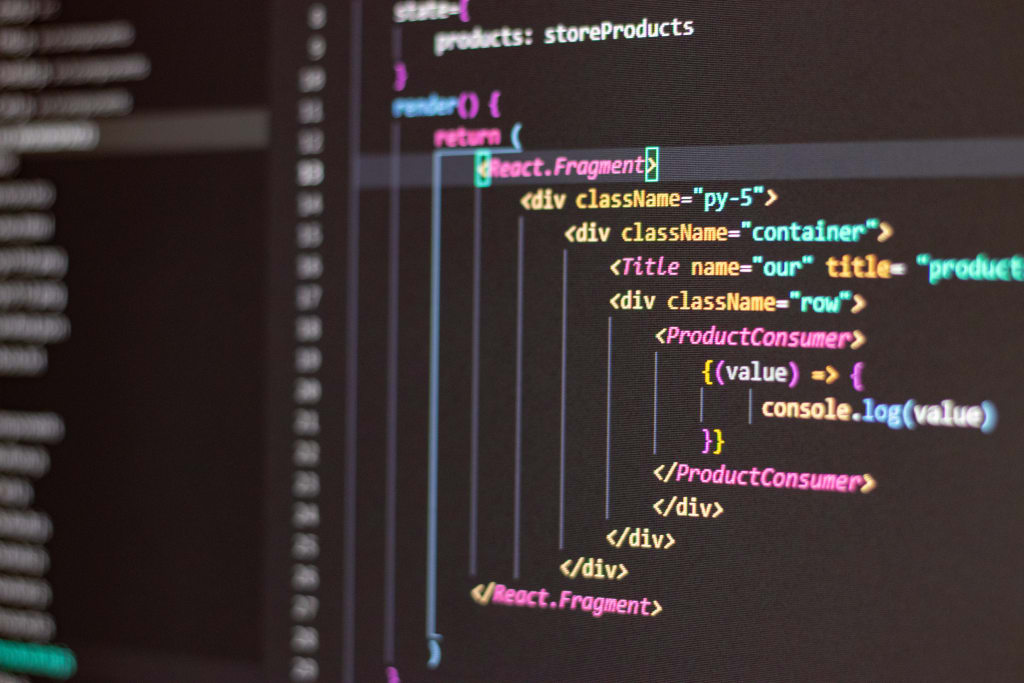
In the ever-evolving world of machine learning and data analytics, algorithms play a pivotal role in the development of intelligent systems. The K-Nearest Neighbors (KNN) algorithm, a fundamental and widely used machine learning technique, is a classic example of how simplicity can yield powerful results. KNN has proven to be remarkably effective in various fields, including pattern recognition, image classification, recommendation systems, and more. This literature review aims to provide an in-depth exploration of the KNN algorithm, tracing its origins, examining its core concepts, and shedding light on its diverse applications.
Introduction
The K-Nearest Neighbors (KNN) algorithm is a non-parametric and instance-based machine learning method, which belongs to the realm of supervised learning. It is renowned for its simplicity and intuitiveness, making it an accessible choice for both beginners and experts in the field. The core idea behind KNN is straightforward: objects are classified based on the majority class among their k-nearest neighbors in a feature space. The choice of an appropriate k value is critical, as it significantly affects the algorithm's performance.
Origins and Development
KNN has a long and storied history in the field of machine learning. Its origins can be traced back to the 1950s, when it was first conceptualized as a fundamental principle of pattern recognition and classification. The concept of KNN, in its simplest form, was introduced by Fix and Hodges in 1951. Over the years, the algorithm has undergone several refinements and adaptations, which have contributed to its robustness and versatility.
Core Concepts
1. Distance Metrics
The heart of the KNN algorithm lies in the computation of distances between data points. Several distance metrics are commonly used, such as Euclidean, Manhattan, Minkowski, and more. The choice of distance metric can greatly influence the algorithm's performance, and researchers have extensively explored the impact of different metrics on KNN.
2. Nearest Neighbor Search
KNN relies on the nearest neighbor search, a process that involves finding the k data points in the training set that are closest to the test data point. The choice of an appropriate search algorithm is crucial, and researchers have delved into optimization techniques for improving search efficiency.
3. Data Preprocessing
Data preprocessing plays a pivotal role in the effectiveness of KNN. Techniques such as feature scaling, dimensionality reduction, and data cleaning can significantly impact the algorithm's performance. Researchers have explored various preprocessing methods to enhance the quality of input data.
Applications of KNN
KNN's versatility and simplicity make it suitable for a wide range of applications across diverse domains. The algorithm's flexibility in handling both classification and regression tasks has led to its adoption in various fields, some of which include:
1. Image Classification
In the realm of computer vision, KNN has been utilized for image classification tasks. By measuring the similarity between image features, KNN can identify objects and patterns in images, making it a valuable tool in image recognition systems.
2. Recommendation Systems
E-commerce giants and content providers have harnessed the power of KNN for building recommendation systems. Collaborative filtering, a popular technique for recommendations, often employs KNN to suggest products, movies, or music based on user behavior and preferences.
3. Anomaly Detection
KNN is also a valuable asset in the field of anomaly detection. It can identify outliers and anomalies in datasets by analyzing the proximity of data points to their neighbors, making it particularly useful for fraud detection and network security.
4. Medical Diagnosis
KNN has found its place in the medical domain as well. Healthcare professionals use it for disease diagnosis and predicting patient outcomes by analyzing patient data in comparison to historical medical records.
5. Text Classification
In natural language processing, KNN has been applied to text classification tasks, including sentiment analysis and document categorization. By measuring the similarity between textual features, KNN can help automate the classification of large volumes of text.
Challenges and Improvements
While KNN offers simplicity and effectiveness, it is not without its challenges. Researchers have identified several areas for improvement and have explored various techniques to address these challenges:
1. Scalability
KNN can become computationally expensive when dealing with large datasets, as it requires searching through the entire training dataset for each test instance. Researchers have proposed methods for optimizing the search process and reducing computational costs.
2. Curse of Dimensionality
High-dimensional data poses a challenge to KNN, as the distance between data points becomes less meaningful in high-dimensional spaces. Dimensionality reduction techniques, such as Principal Component Analysis (PCA) and Locally Linear Embedding (LLE), have been applied to mitigate the curse of dimensionality.
3. Imbalanced Datasets
KNN can be sensitive to class imbalance in datasets. Researchers have explored techniques to handle imbalanced data, such as adjusting the class weights and oversampling or undersampling the minority class.
4. Optimal Parameter Selection
Selecting the optimal value for the parameter k in KNN can be a non-trivial task. Researchers have developed cross-validation and grid search methods to determine the most suitable k value for a given dataset.
Recent Developments and Trends
As the field of machine learning continues to evolve, KNN has not remained stagnant. Researchers and practitioners are actively engaged in exploring and extending the algorithm's capabilities. Some of the recent developments and emerging trends in the KNN algorithm include:
1. Hybrid Models
Researchers have begun to explore hybrid models that combine KNN with other machine learning techniques to harness the strengths of multiple algorithms. These hybrid models aim to address specific challenges and improve performance in various applications.
2. Deep Learning Integration
The integration of KNN with deep learning has gained attention. Researchers are investigating ways to combine the simplicity of KNN with the feature extraction power of deep neural networks, resulting in more robust and accurate models.
3. Explainable AI
Interpretable and explainable AI is an increasingly important aspect of machine learning. Researchers are working on methods to make KNN more transparent and interpretable, allowing users to understand the rationale behind its predictions.
4. Privacy-Preserving KNN
Privacy concerns are at the forefront of machine learning. Researchers are exploring privacy-preserving variations of KNN that allow for secure computations while protecting sensitive data.
Conclusion
The K-Nearest Neighbors (KNN) algorithm, with its simplicity and versatility, has maintained its relevance and importance in the field of machine learning and data analytics for over half a century. This literature review has provided an in-depth exploration of KNN, tracing its historical origins, examining its core concepts, and shedding light on its diverse applications.
The challenges and improvements discussed demonstrate the ongoing commitment of the research community to enhance the algorithm's capabilities and overcome its limitations. Recent developments and emerging trends, such as hybrid models, deep learning integration, explainable AI, and privacy-preserving KNN, highlight the adaptability of KNN in an ever-evolving landscape.
As we continue to advance in the field of machine learning and artificial intelligence, the K-Nearest Neighbors algorithm stands as a testament to the enduring power of simplicity and serves as a reminder that even in a world of complex algorithms, sometimes the most straightforward solutions can yield remarkable results. Its impact on a wide range of applications and its
About the Creator
C.S LEWIS
I presently think positively. Railing and censuring just destroy. Confirmed speculation develops. I currently take a gander at the daily routine that I experience and confirm, "It is Great." I love and favor the Ideal Power inside me






Comments (1)
Great article 😉🧡✌️📝